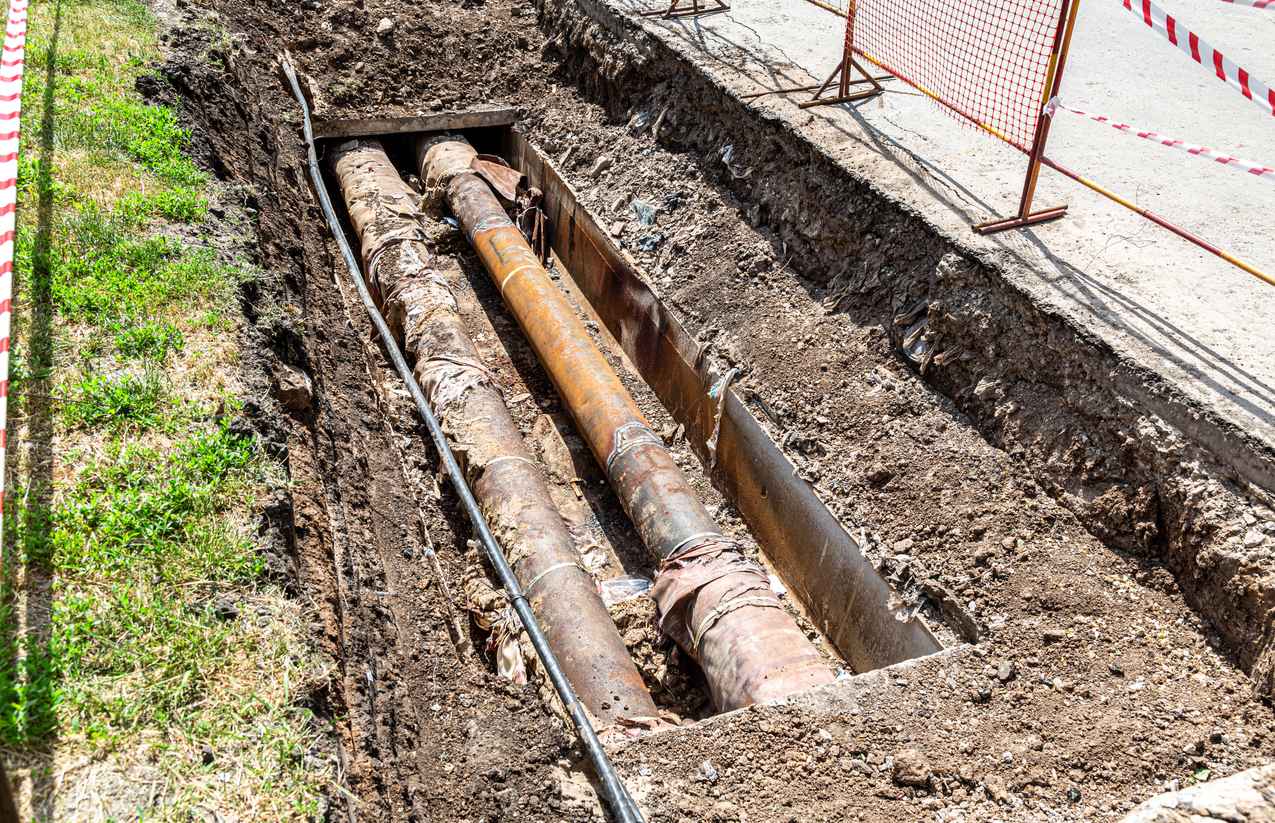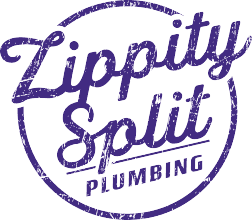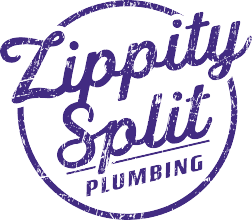Working Hours: Monday - Friday 8am - 8pm
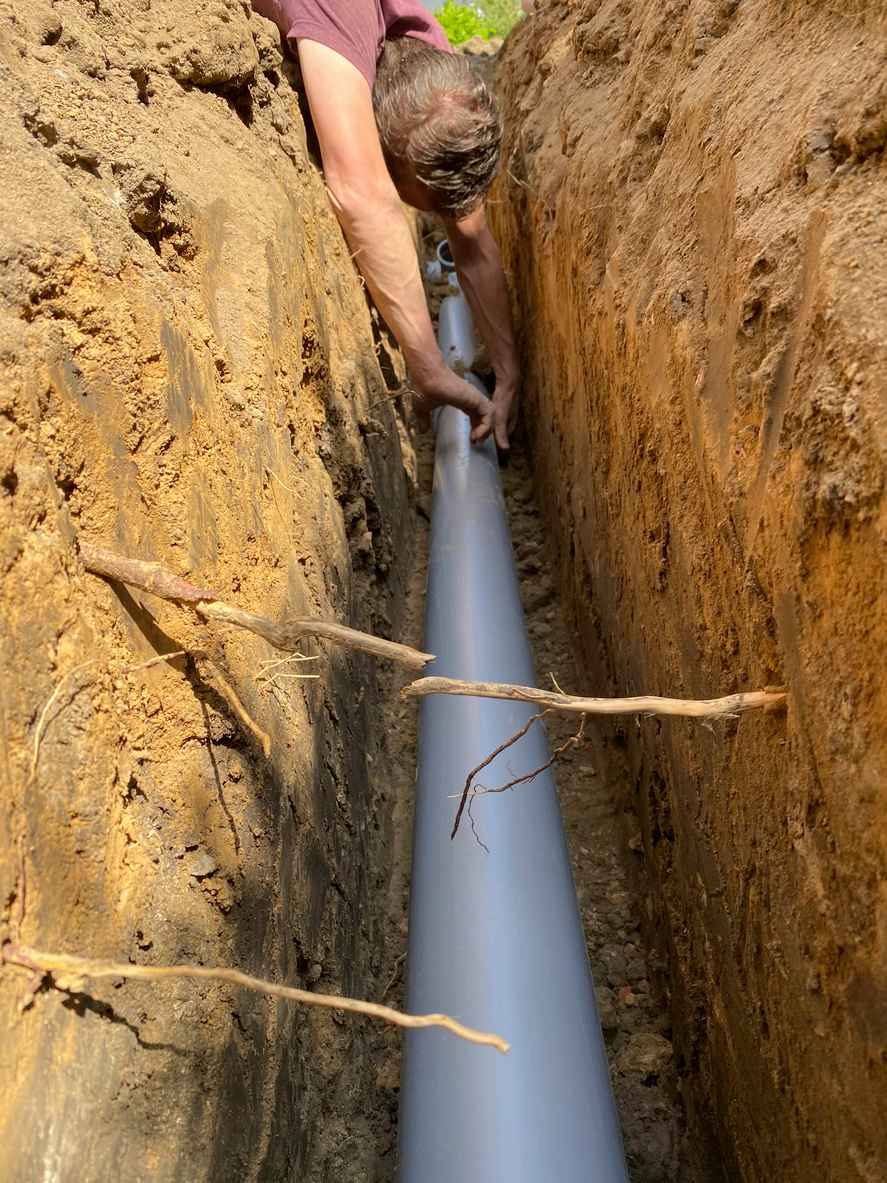
How to Repair a Sewer Line
December 1, 2023
Beneath the surface of our homes lies an intricate network of pipelines, silently performing the vital task of transporting wastewater away from our daily lives. Yet, when the integrity of this underground system falters, it can lead to a messy and inconvenient situation. The need to repair a sewer line is not merely a matter of fixing a leak; it’s about restoring the seamless flow that keeps our homes running smoothly.
From identifying common issues to employing practical solutions, Zippity Split will navigate through the essential steps, offering insights that empower you to take charge of your home’s underground infrastructure. If you’re a homeowner facing sewer line challenges for the first time, we’re here to share everything you need to know to tackle this issue confidently.
Signs Your Sewer Line Needs Repair
Identifying signs that your sewer line may need repair is crucial for maintaining a healthy and functional home plumbing system. Here are some common indicators that warrant attention:
Persistent Blockages
If you notice recurring blockages in multiple drains throughout your home, it could signal a more significant issue in the main sewer line. Frequent clogs may indicate a partial or complete obstruction that requires professional inspection.
Slow Draining Fixtures
Sluggish drainage in sinks, showers, or toilets may suggest an impending sewer line problem. When multiple fixtures experience slow drainage simultaneously, it could be an indication of a blockage or compromised flow in the main sewer line.
Unpleasant Odors
Foul smells emanating from drains, especially in conjunction with slow drainage, can be a sign of a sewer line issue. Sewer gas escaping through drains or cleanout openings may indicate a break or blockage in the sewer line.
Gurgling Sounds
Unusual gurgling noises coming from drains, toilets, or plumbing pipes could be a result of air trapped in the sewer line. This can occur when there is a blockage, and air is displaced as wastewater tries to flow through.
Soggy or Sunken Areas in the Yard
A damaged sewer line can lead to water leakage, causing the soil around the pipe to become saturated. Keep an eye out for unusually wet or sunken areas in your yard, as they may indicate a sewer line leak.
If you observe any of these signs, it’s advisable to consult with a qualified plumber to conduct a thorough inspection and address the sewer line issues promptly. Early detection and timely repairs can prevent more significant problems and help maintain the integrity of your home’s plumbing system.
Tips for Repairing a Sewer Line
Repairing a sewer line can be a challenging task, but with the right approach and precautions, it’s possible to address many issues effectively. Here are some tips to guide you through the process:
Identify the Problem
Before starting any repairs, diagnose the issue accurately. Use the signs mentioned earlier to identify potential problems such as blockages, leaks, or damaged pipes.
Safety First
Prioritize safety by wearing appropriate protective gear, including gloves and eye protection. Sewer line repairs involve handling potentially hazardous materials, so take necessary precautions to minimize health risks.
Locate Your Sewer Line
Know the location of your sewer line before digging. Consult your property’s blueprints or hire a professional to locate and mark the path of the sewer line to avoid damaging other underground utilities. Before digging, contact your local utility companies to ensure there are no buried utilities in the area. This step is crucial to prevent accidents and service interruptions.
Assess the Extent of Damage
Evaluate the extent of damage to determine whether you can handle the repairs yourself or if professional assistance is needed. Simple clogs may be manageable for DIY enthusiasts, but more complex issues may require professional expertise.
Use Appropriate Tools
Depending on the nature of the repair, use the right tools for the job. Common tools for sewer line repair may include a sewer auger, pipe wrenches, and a pipe cutter. Ensure you have the necessary equipment before starting the repair.
Consider Trenchless Options
Explore trenchless sewer repair methods if applicable. Trenchless technologies, such as pipe lining and pipe bursting, can minimize the need for extensive excavation, reducing the impact on your landscaping and speeding up the repair process.
Consult a Professional
If you’re uncertain about the repair process or if the issue is complex, don’t hesitate to consult with a professional plumber. They have the expertise and equipment to handle a wide range of sewer line problems.
Sewer Repair in Charleston, SC
At Zippity Split, we pride ourselves on being your go-to experts for sewer repair services. Our dedicated team understands the unique needs of Charleston residents, offering efficient solutions that prioritize the integrity of your home’s plumbing. Don’t let sewer troubles disrupt your day – choose Zippity Split for swift, professional, and quality sewer repair services in Charleston, SC. Contact us today!
Recent News
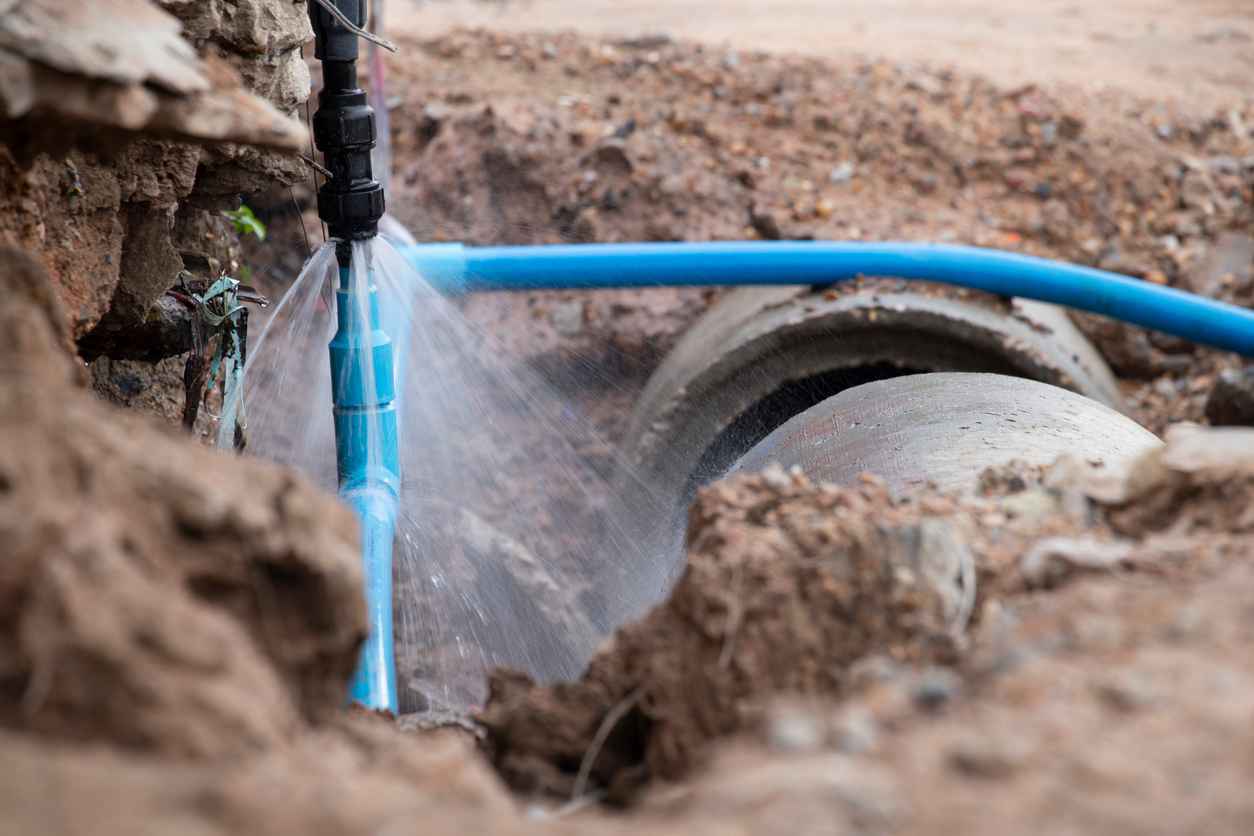
How Do You Know If You Have a Sewer Leak?
March 5, 2024
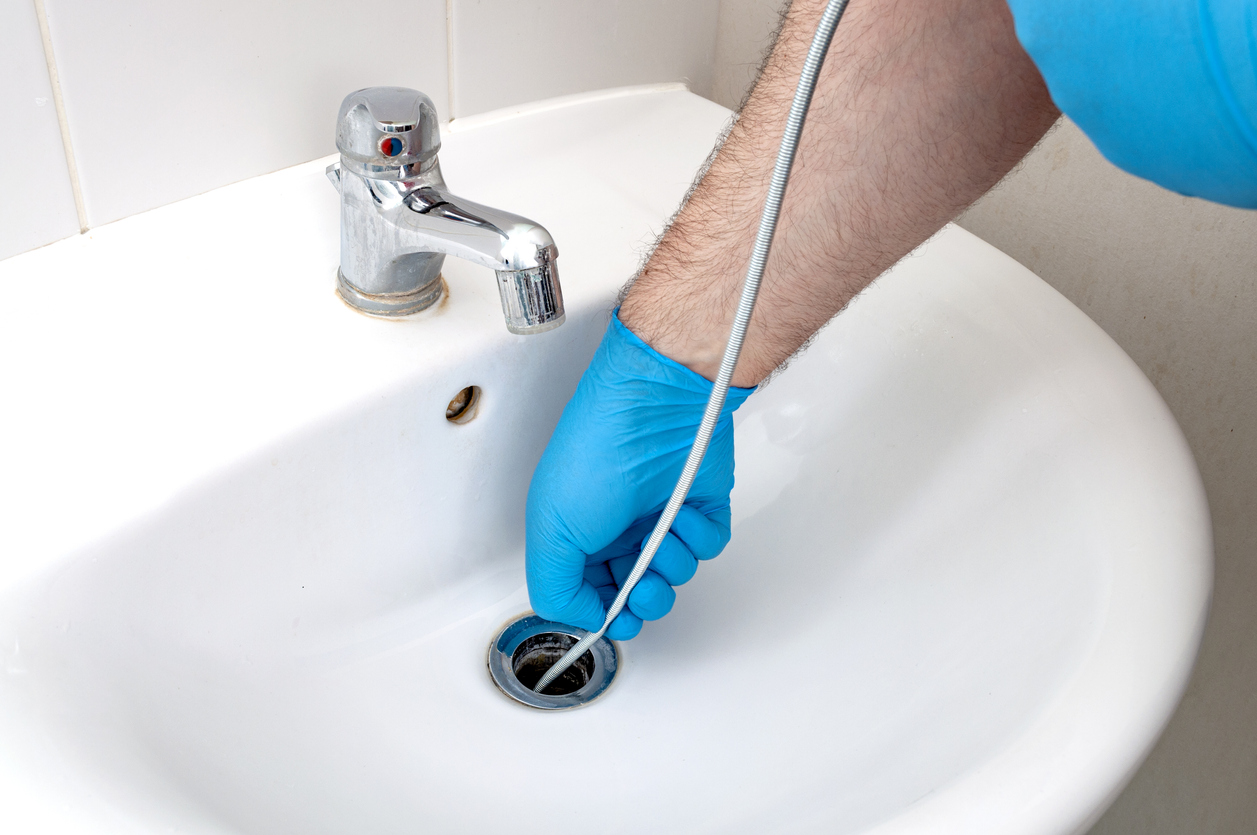
How Does Snaking a Drain Work?
February 21, 2024
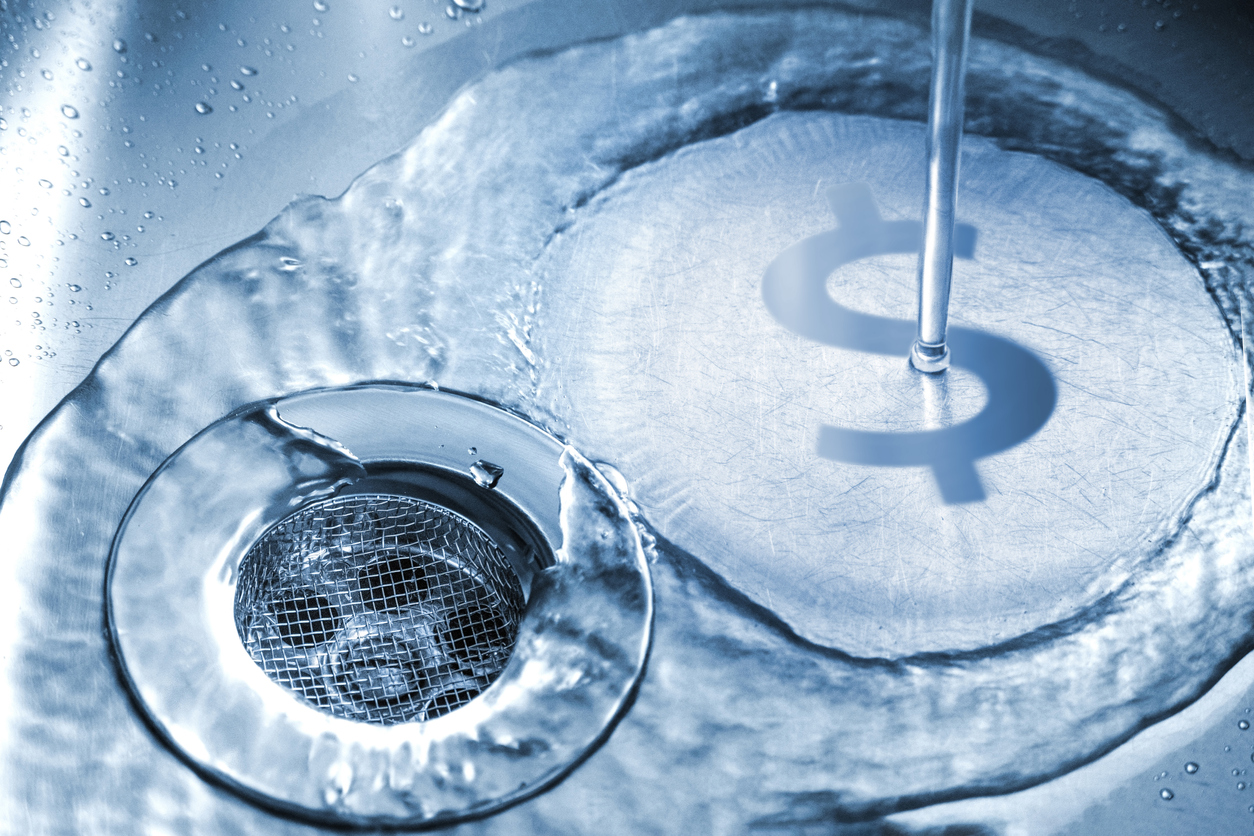
Why Is My Sewer Bill So High?
January 18, 2024
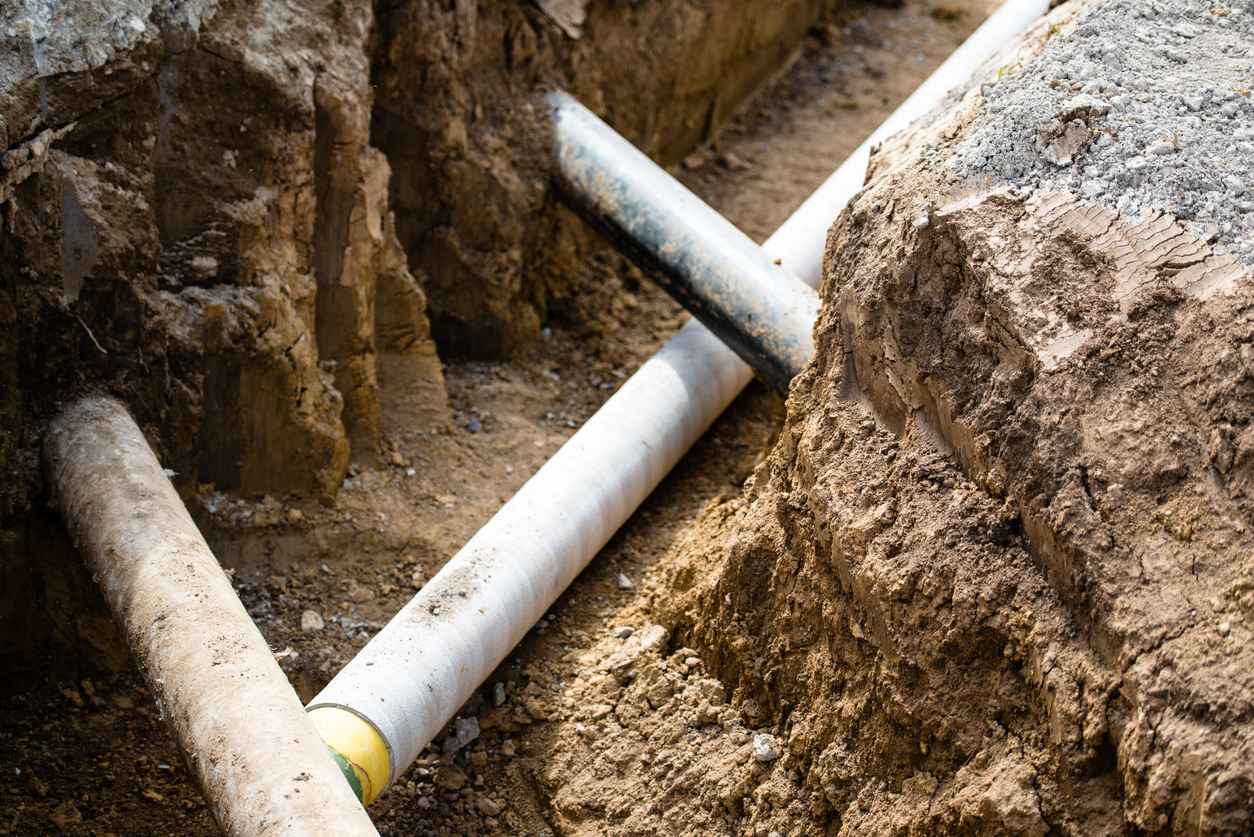
How Much is Trenchless Sewer Repair?
November 2, 2023
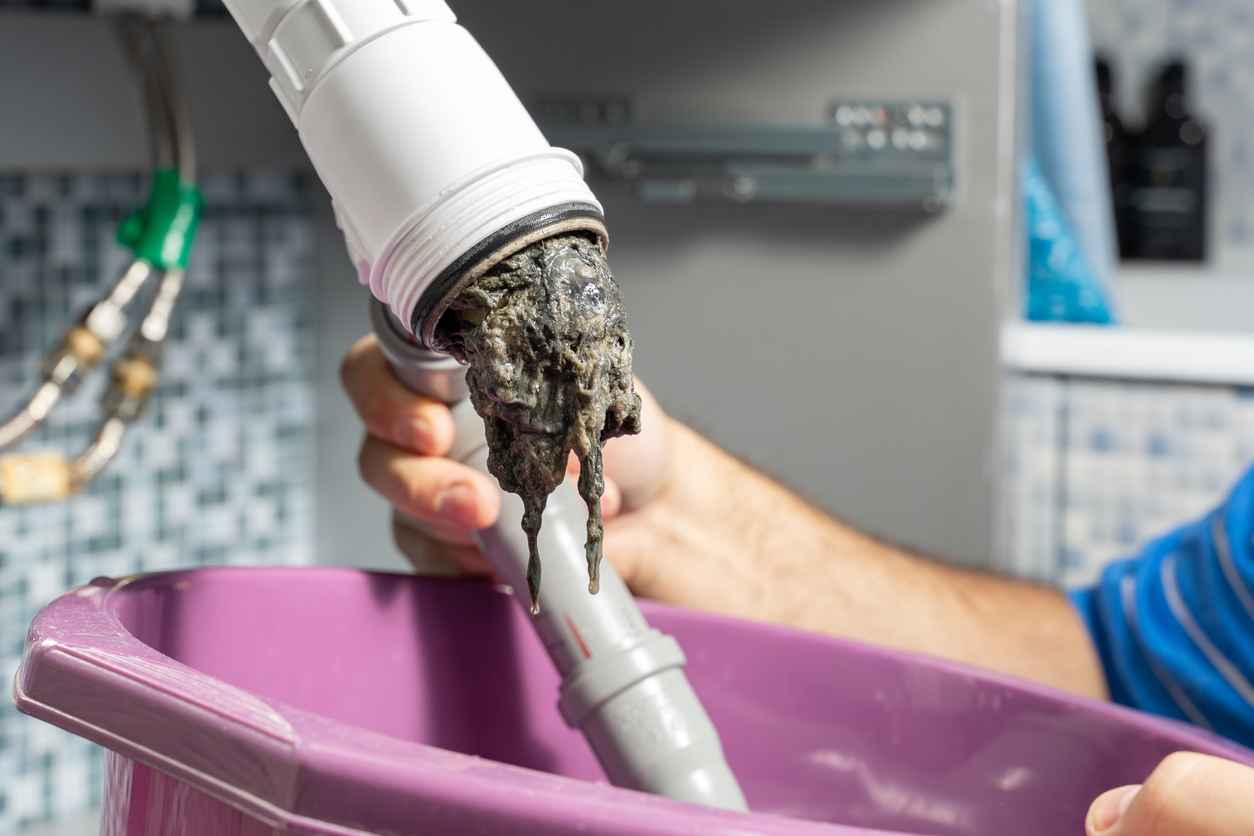
How Do You Know if Your Sewer Line is Clogged?
October 3, 2023
